Author: Paul Cardon
Manufacturers of hygienic products can achieve significant and immediate cost savings by improving the volume of premium end-products and materials that are recovered from transfer lines.
A manufacturer of food and beverages, pharmaceuticals or cosmetics uses components and makes products that are among the most expensive in the world. Given the value at hand, any potential for increased retention and recovery is worthy of exploration.
Product waste is always the enemy of profitability, and even more so when the products have high cost. More than $120 billion worth of product goes to waste worldwide every year, according to the McKinsey Quarterly Food Waste Alliance. The Natural Resources Defense Council (NRDC) has also studied the issue and found that 40% of food in the United States is lost during handling and production.
In hygienic manufacturing, some waste is inevitable, but there is a direct path available to realizing significant product recovery. By recovering raw ingredients or intermediate/finished products that remain in the suction or discharge fluid-transfer lines after production runs or between changeovers, a company can eliminate a substantial amount of costly waste.
When transfer pumps lack the capability to adequately clear production lines, there is a snowballing effect on costs. Some companies simply flush the lines and accept the product losses, but there are often ancillary costs. These can include:
- Increased water usage for cleaning the lines
- Additional cleaning and treatment chemicals to clean the lines
- Sanitizing chemicals to sanitize the lines
- Energy to facilitate the cleaning process
- Labor costs/hours to perform longer cleaning operations
- Disposal costs of used water, chemicals and product
- Water-treatment costs and associated treatment chemicals
Some plants use product-recovery hardware, but a “pigging” system, or other line-clearing solution, comes at a considerable cost premium and adds unnecessary complexity to the pumping operation. The pigging system might provide excellent product-recovery rates, but it must be purchased, installed, operated, maintained and eventually replaced.
There is a better option. With the right transfer pump installed, manufacturers can recover the bulk of their product from the line and achieve considerable savings with every production cycle.
This capability to clear lines varies between pump types. The lobe, external circumferential piston (ECP), twin screw, centrifugal, hose and progressive cavity-style pumps that are widely used in hygienic manufacturing lack the capability to adequately strip suction or discharge lines.
An eccentric disc pump, on the other hand, can clear a minimum of 70% of product from lines on its own power — without the aid of any additional component systems that would increase capital expenditure, system complexity and maintenance requirements.
The cost-savings potential is enormous. Mouvex®, a manufacturer of Eccentric Disc Pumps for hygienic manufacturing, estimates that some companies can realize annual savings in the hundreds of thousands of dollars or greater if eccentric disc pump technology is incorporated into a hygienic-manufacturing system. As an illustration, Mouvex cites the following scenario for one pump installation:
Product per foot (2.5” line diameter): 0.23 gallons
Weight per gallon: 8.3 pounds
Discharge distance: 100 feet
Total weight: 191 pounds
Product recovered at 70% rate: 134 pounds
Price per pound: $1.00
Cost savings/day: $134
Cost savings per week (five days): $670
Cost savings per month (4 weeks): $2,680
Cost savings per year (12 months): $32,160
As the example suggests, the potential savings are entirely dependent on the application. The following are examples where the use of Mouvex eccentric disc pumps have resulted in documented six-figure savings per pumped line:
- A high-end cosmetic manufacturer recovered enough silicone-based product to pay back the cost of the pump within days
- Two global yogurt companies with very long transfer lines recorded increases of 70% to 80% in product-recovery rates and quickly deployed an additional pump
- An oral-care company upgraded from centrifugal pumps and quickly achieved the product-recovery targets for its low-viscosity products
- A pharmaceutical company saved on its process for filling oral medicines, which involves frequent product changeovers
- A large baked-goods company more effectively recovered the filling used in pastries and prevented the blockage of injection nozzles
Strong product recovery is possible with eccentric disc pumps because of their unique design. Each pump employs a disc that moves on an eccentric plane within a circular channel, creating the capability for non-pulsing, low-slip operation with high volumetric consistency. The operation of eccentric disc pumps allows flow rates to vary minimally despite changes in viscosity, temperature, system back-pressure and even component wear.
Eccentric disc pumps are able to operate with such high efficiency that they can pump air when no fluid is present, which creates a vacuum effect on the suction side and a compressor effect on the discharge side of the pump. Once the product runs out in the feed tank, the eccentric disc technology continues to pump air in a very constant, non-abrupt, non-pulsating manner, so that the surface tension on any remaining fluid is not broken. This produces a plug effect, which pushes out the product “plug” as a whole.
The typical amount of product recovered with an eccentric disc pump is more than 95% on the suction side of the pump and typically 60% to 80% or more on the discharge side. There are additional benefits of using eccentric disc pumps in product-recovery applications, including:
- The pumps can recover product from tank bottoms as well as inlet and outlet lines
- They can recover product from small-diameter lines where pigging is not possible
- They can recover product through a line outfitted with ordinary valves, heat exchangers, magnetic traps, flow meters and other accessories
- Product recovery is seamless, as no line interruptions will occur between normal production and the product-recovery phase
- For the majority of the product-recovery process, air mixing is not a concern, as most of the product recovered by an eccentric disc pump comes in the form of a product plug with no air mixed in. (A simple flow switch can be used to shut down the pump before the air purge reaches the product’s destination.)
 Limited Capabilities of Other Pumps
Limited Capabilities of Other Pumps
Compared to eccentric disc pumps, twin screw, lobe and ECP pumps lack line-cleaning capabilities, and manufacturers often have no choice but to use them in conjunction with pigging systems that utilize a projectile to push out the residual product. While well-installed pigging systems deliver the highest recovery rates, they can only be used in lines that are built without the interruptions of ancillary components, such as heat exchangers, valves, filters and flow meters. Operators must also take great care to ensure that purified compressed gas or air is used to push the pig, which can prove a challenge for maintaining product purity.
Twin screw, lobe and ECP pumps not only lack line-cleaning capabilities, they also wear constantly, which increases their internal clearances over time, resulting in product slip that reduces flow capacity and volumetric efficiency as operating pressures and fluid viscosities change.
These pump types are also designed with two shafts that have to be sealed, which doubles the number of areas where leaks can occur. Twin screw, lobe and ECP pumps are also not dry self-priming and can run dry for only a short period of time unless they have flushed double-mechanical seals. These pumps will also experience diminished performance when handling low-viscosity materials.
The Direct Route to Savings
The use of eccentric disc pumps as a cost-saving measure is a breath of fresh air for hygienic plant managers and engineers who may have run into a cost-reduction wall. Many operators have pursued pump efficiency for cost savings, but there is very little room to improve motor efficiency with today’s designs.
Installing a higher-efficiency positive displacement pump might yield electricity cost savings of only $200 — in an optimistic scenario. Savings of $32,000 a year on product recovery, as suggested in the example above from Mouvex, does a lot more to move the needle. In the model cost scenarios discussed here— $200 for the pump energy savings and $32,000 for the product recovery savings — the savings is 160 times higher with product recovery. Put another way, the product-recovery savings accumulated in one year with this example will pay for 32 years of energy to operate the pump.
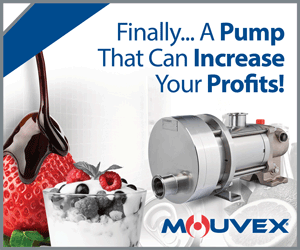 Lobe, ECP and twin screw pumps have been popular, but their lack of line-clearing capabilities means that optimized product recovery will never be realized. Mouvex pumps deliver high utilization (or yield) of high-value products and ingredients that would otherwise remain in suction or discharge process lines during changeovers or at the end of production runs. This substantially eliminates waste with a corresponding – and significant – increase in profits.
Lobe, ECP and twin screw pumps have been popular, but their lack of line-clearing capabilities means that optimized product recovery will never be realized. Mouvex pumps deliver high utilization (or yield) of high-value products and ingredients that would otherwise remain in suction or discharge process lines during changeovers or at the end of production runs. This substantially eliminates waste with a corresponding – and significant – increase in profits.
About the Author:
Paul Cardon is the Industry Product Manager for Mouvex® and PSG®. He can be reached at Paul.Cardon@psgdover.com or +33 3 8649 8696. Headquartered in Auxerre, France, Mouvex is a leading brand of positive displacement pumps and compressors from PSG®, a Dover company. Headquartered in Oakbrook Terrace, IL, USA, PSG® is comprised of several leading pump brands including Abaque®, Almatec®, Blackmer®, Ebsray®, EnviroGear®, Finder, Griswold™, Mouvex®, Neptune™, Quattroflow™, RedScrew™ and Wilden®. For more information on Mouvex or PSG, please go to www.mouvex.com or www.psgdover.com.

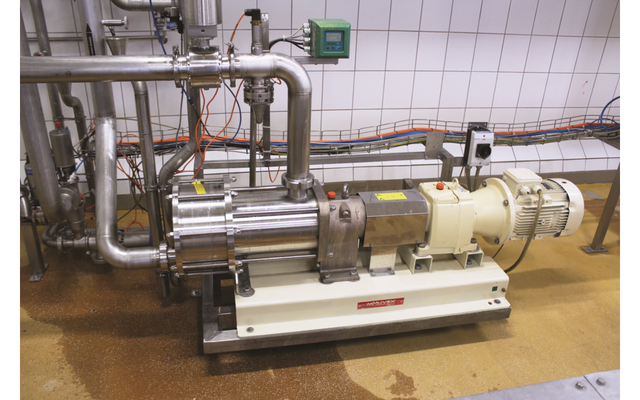

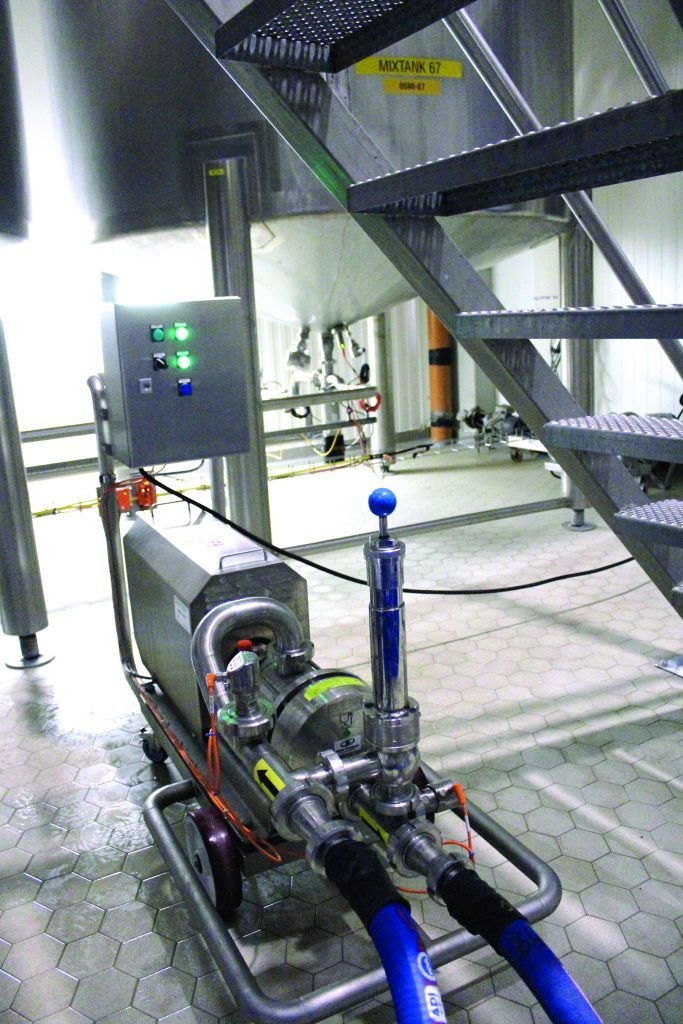

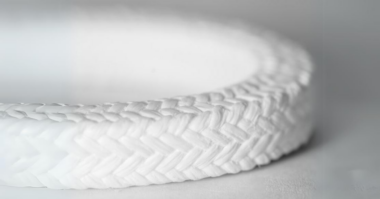
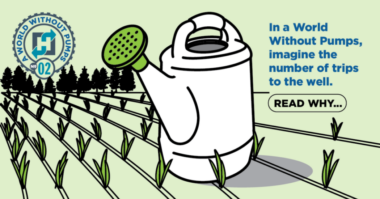
Comments